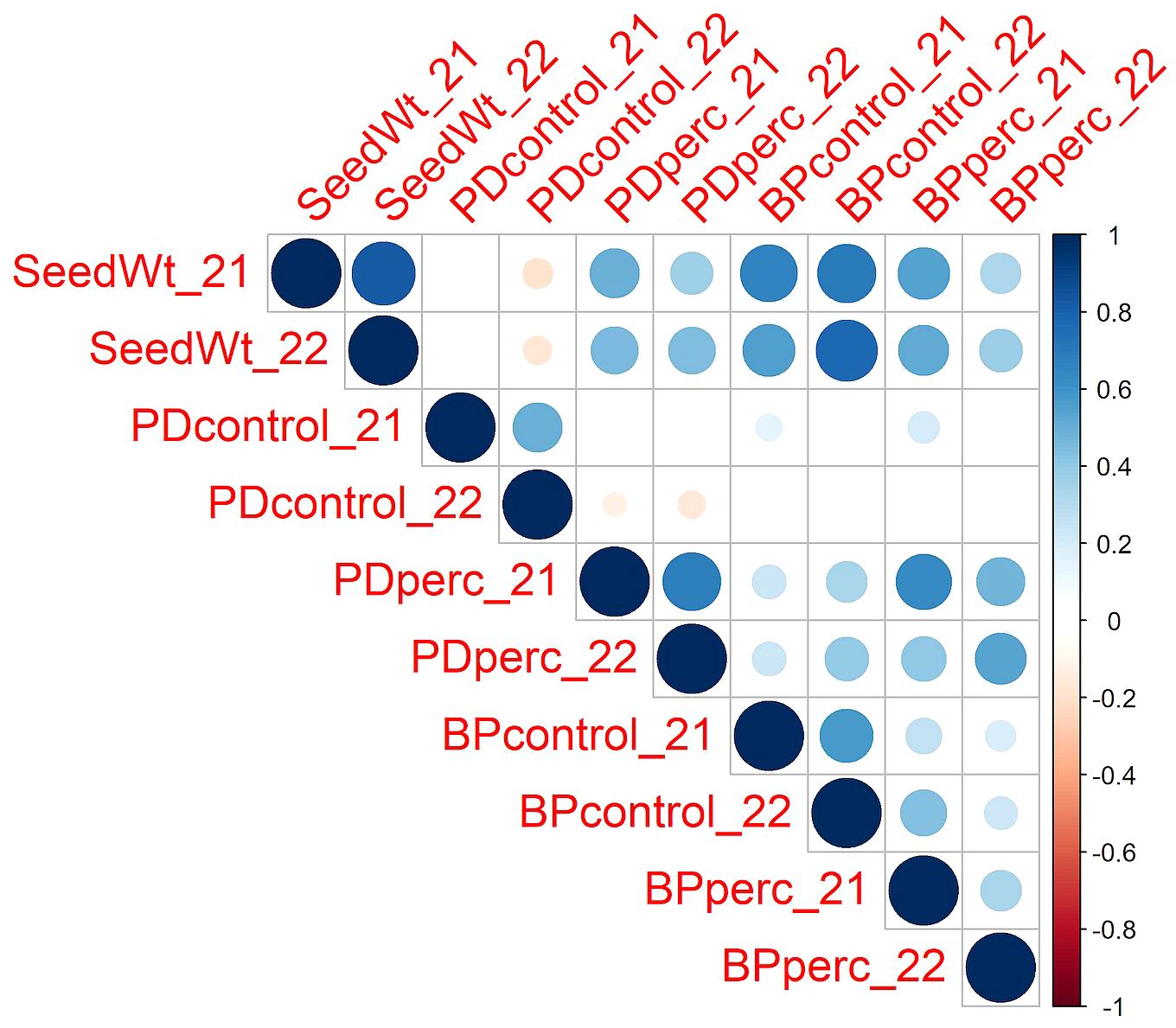2024-08-05 イリノイ大学アーバナ・シャンペーン校
<関連情報>
- https://aces.illinois.edu/news/hunt-herbicide-solution-snap-bean-reveals-master-switch-stress-resistance
- https://www.frontiersin.org/journals/plant-science/articles/10.3389/fpls.2024.1404889/full
スナップインゲン多様性パネルにおけるフルミオキサジン耐性のマッピングにより、複数のストレス耐性遺伝子を制御するマスターゲノム領域が発見される
Mapping of flumioxazin tolerance in a snap bean diversity panel leads to the discovery of a master genomic region controlling multiple stress resistance genes
Ana I. Saballos,Matthew D. Brooks,Patrick J. Tranel,Martin M. Williams II
Frontiers in Plant Science Published:02 July 2024
DOI:https://doi.org/10.3389/fpls.2024.1404889

Introduction: Effective weed management tools are crucial for maintaining the profitable production of snap bean (Phaseolus vulgaris L.). Preemergence herbicides help the crop to gain a size advantage over the weeds, but the few preemergence herbicides registered in snap bean have poor waterhemp (Amaranthus tuberculatus) control, a major pest in snap bean production. Waterhemp and other difficult-to-control weeds can be managed by flumioxazin, an herbicide that inhibits protoporphyrinogen oxidase (PPO). However, there is limited knowledge about crop tolerance to this herbicide. We aimed to quantify the degree of snap bean tolerance to flumioxazin and explore the underlying mechanisms.
Methods: We investigated the genetic basis of herbicide tolerance using genome-wide association mapping approach utilizing field-collected data from a snap bean diversity panel, combined with gene expression data of cultivars with contrasting response. The response to a preemergence application of flumioxazin was measured by assessing plant population density and shoot biomass variables.
Results: Snap bean tolerance to flumioxazin is associated with a single genomic location in chromosome 02. Tolerance is influenced by several factors, including those that are indirectly affected by seed size/weight and those that directly impact the herbicide’s metabolism and protect the cell from reactive oxygen species-induced damage. Transcriptional profiling and co-expression network analysis identified biological pathways likely involved in flumioxazin tolerance, including oxidoreductase processes and programmed cell death. Transcriptional regulation of genes involved in those processes is possibly orchestrated by a transcription factor located in the region identified in the GWAS analysis. Several entries belonging to the Romano class, including Bush Romano 350, Roma II, and Romano Purpiat presented high levels of tolerance in this study. The alleles identified in the diversity panel that condition snap bean tolerance to flumioxazin shed light on a novel mechanism of herbicide tolerance and can be used in crop improvement.


